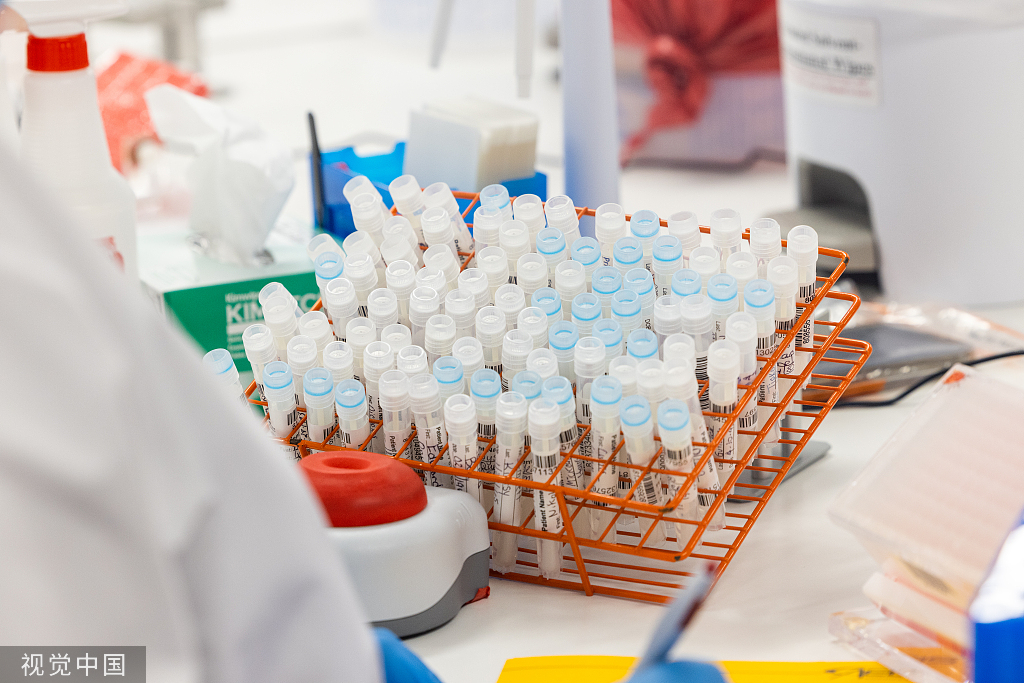COVID emergency end reveals cracks in US disease tracking
chinadaily.com.cn | Updated: 2023-05-11 06:30

The end of the COVID-19 public health emergency in the US on May 11 highlights weaknesses in the country's ability to track outbreaks, The Washington Post reported on Tuesday.
Laboratories across the US will no longer be required to report coronavirus test results to the US Centers for Disease Control and Prevention, and hospitals and state health departments will also report less comprehensive data. This will make it more difficult for the federal agency responsible for detecting and responding to public health threats to protect Americans.
The gradual reduction of the Biden administration's coronavirus response and the accompanying changes to reporting requirements highlight the long-standing vulnerabilities of a fragmented public health surveillance system, which fails to provide reliable information during disease outbreaks even as experts warn of the potential for the coronavirus to come roaring back.
"What we have right now is not a national public health system," said Nirav Shah, the CDC's principal deputy director. "We have a patchwork. And as a result of that, when we want to get data and synthesize it, it takes a lot of legwork that takes way too long."
The COVID-19 pandemic showed how critical real-time public health surveillance is for a basic understanding of outbreaks, such as how many people are sick or dying, whether a situation is getting better or worse, and which demographic groups are hardest hit, said Tom Inglesby, director of the Johns Hopkins Center for Health Security.
Public health officials have been hampered in their ability to control the spread of infectious diseases, from mpox to measles, because of inconsistent and fragmented reporting of data from hospitals, doctors' offices and laboratories to local and state authorities and ultimately to the CDC.
CDC Director Rochelle Walensky said during the mpox outbreak last year, the agency was responding "with blind spots in our data on how and where disease was spreading … limited by our patchwork system of data use agreements with states and jurisdictions."
Each state decides what data to report to the CDC and how often they do so. There is no central repository that collects information in any consistent or uniform way. Some state health agencies that track the spread of disease still rely on healthcare providers to fax information to them.
"What we saw from COVID is that our systems are very fragile," said Inglesby, who was in charge of testing as part of the White House COVID-19 response. "In some places we don't have the ability to collect information on demographics so we don't know which groups are at highest risk."
Before the pandemic, only 187 healthcare facilities were equipped to report cases electronically to state health departments. That number has since grown to about 25,000 facilities, but that's still only about 20 percent of all healthcare facilities in the US, according to Walensky.
During the pandemic, the CDC received coronavirus data from 64 states and territories, 3,000 counties and 574 tribes, and they all come in different ways, times, systems and standardizations, Walenksy said at a recent public health forum.
As public attention on the pandemic fades, officials and experts worry any urgency to address systemic problems will fade.
"The vulnerabilities that were exposed during COVID will continue after, unless action is taken," said David Fleming, an epidemiology professor at the University of Washington School of Public Health.
























